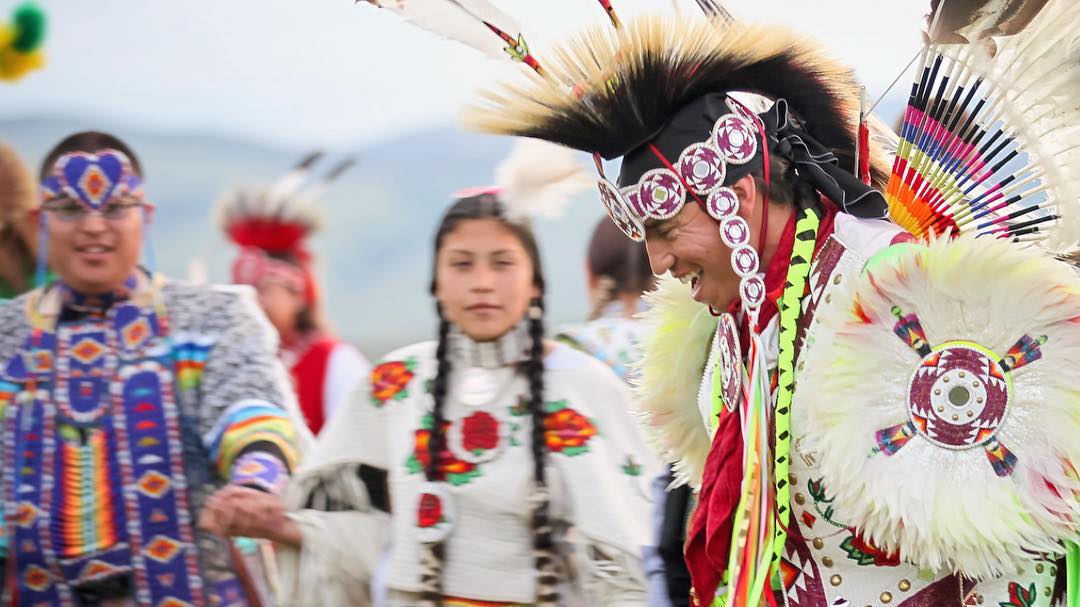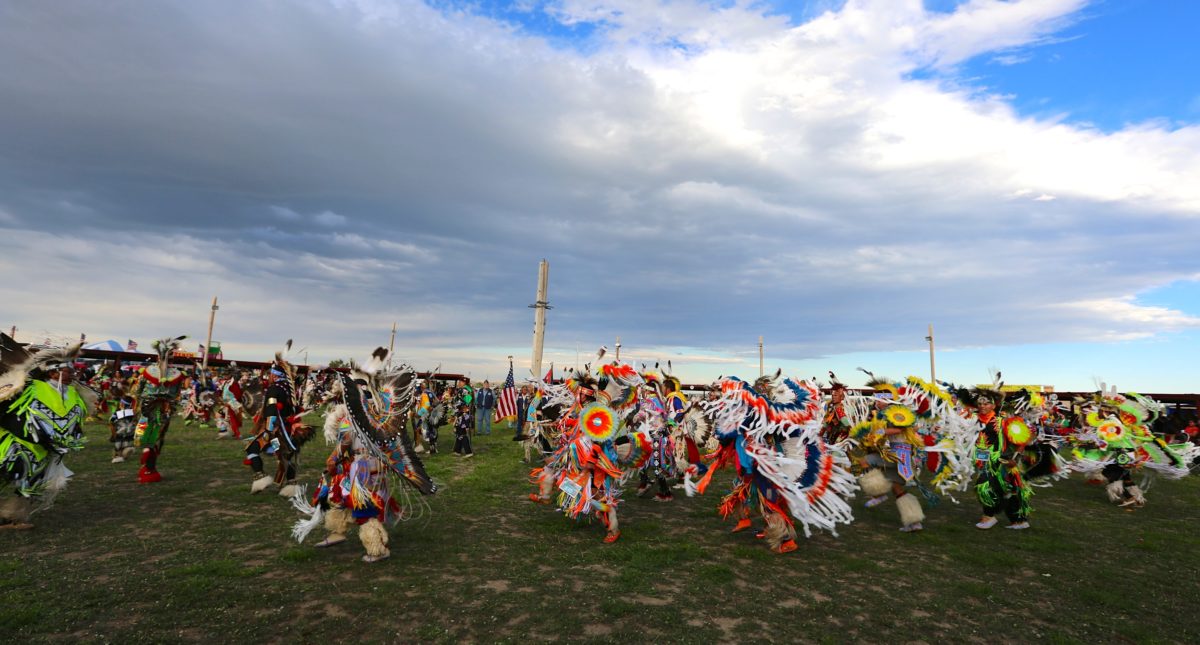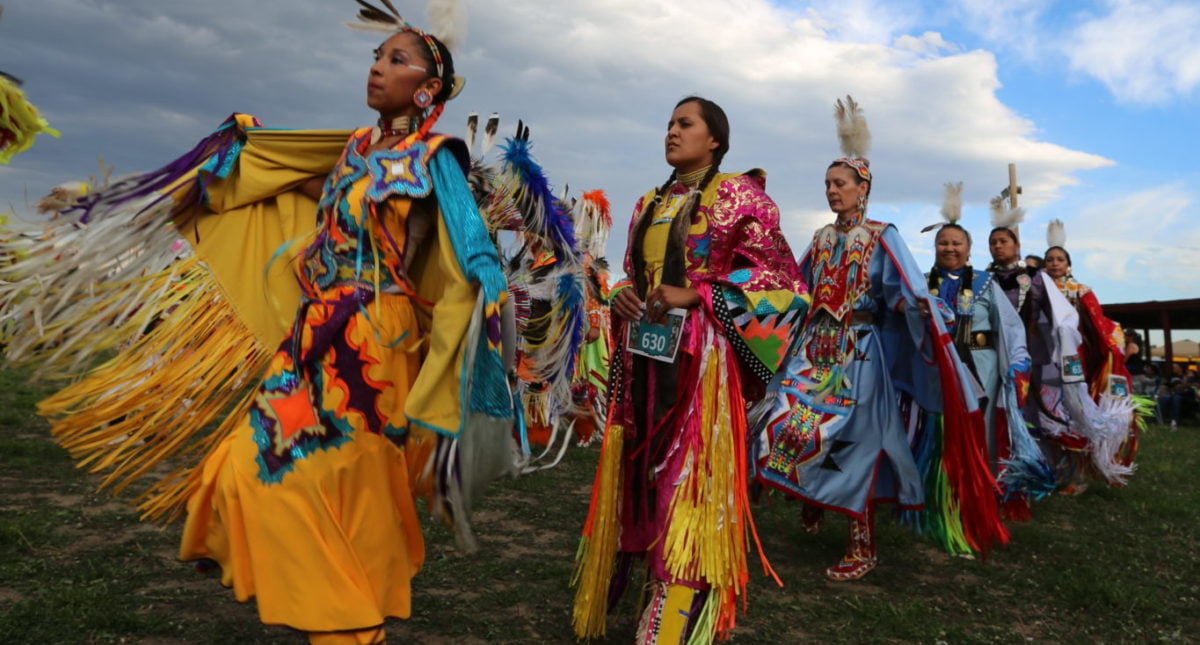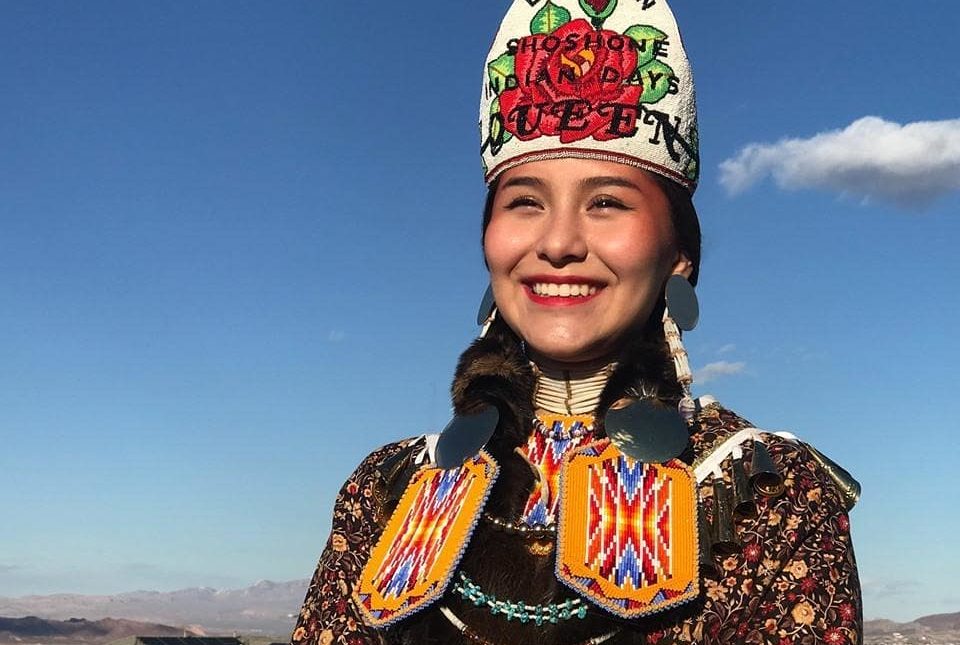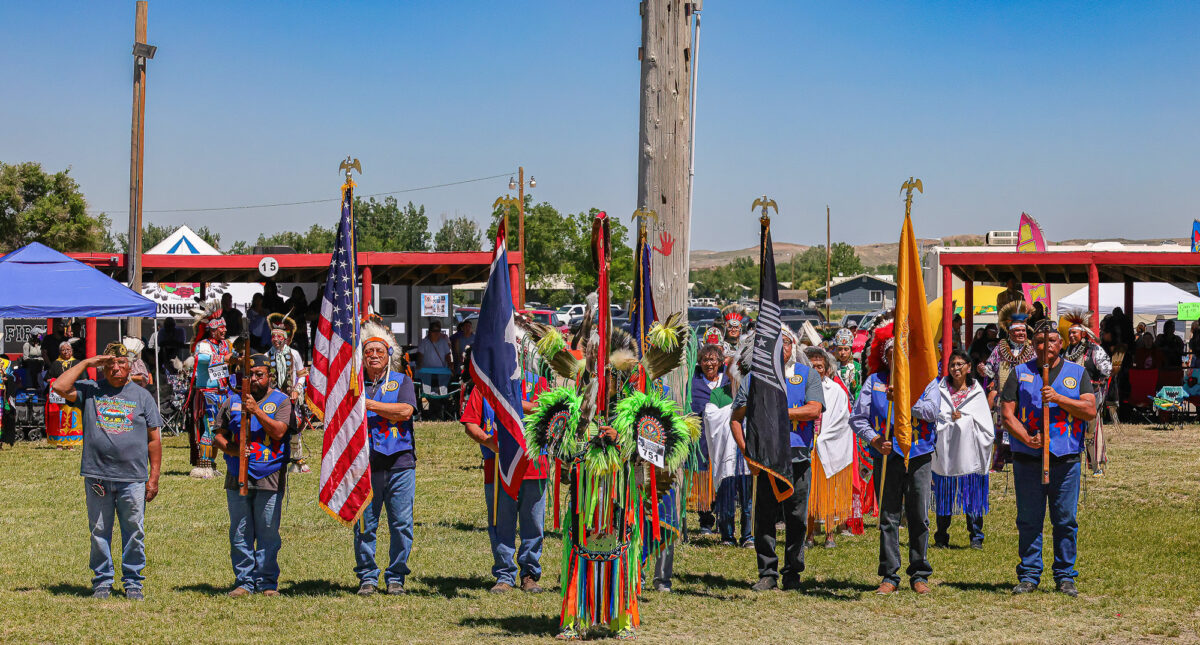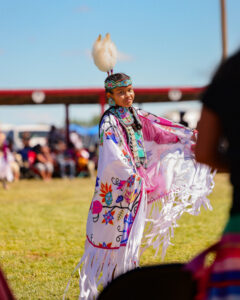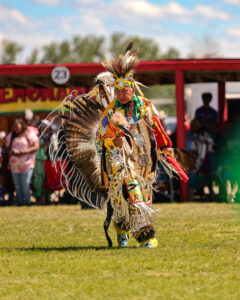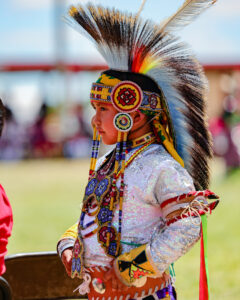Feel the Drum Beat
Feel the drum beat. Hear the singing. See the colors. Admire the detailed regalia, skilled footwork and precise movements. These are Native American powwows.
Update – Please confirm the scheduled dates before making your trip . All powwows are subject to change.
There are four large powwows from June through September. The Eastern Shoshone Powwow and Indian Days is Wyoming’s largest powwow. The Ethete Celebration and Powwow is held in July and the Arapaho Powwow, held in September, is Wyoming’s oldest powwow. Weekly dance exhibitions are held in Lander and Riverton June-August.
Photos: Wind River Country/Suite 1491
Feel the Experience
In Wind River Country the summer season also marks the beginning of powwow season. From May through August you can experience an amazing cultural event by attending a powwow on the Wind River Indian Reservation. It’s a chance to learn about the Eastern Shoshone and Northern Arapaho tribes and get caught up in the singing, drums and dancing.
Each Powwow begins with a grand entry on Friday night where elders bring in eagle feathers and flags, and all dancers enter the arena. There are also two grand entries on Saturday and one on Sunday.
The grand entry showcases the regalia dancers wear. There is great pageantry to powwows with exquisitely constructed regalia that is handmade and includes feathers, shells, bones, beadwork and sometimes family heirlooms. Everything on the regalia usually has significance to the dancer. Seeing the regalia- including the bustles and headdresses- up close, you can see the intricacies and craftsmanship that goes into each piece, a pattern that makes the colors flash and swirl when the dancer begins to move.
You can admire it, but don’t touch the regalia without asking first.
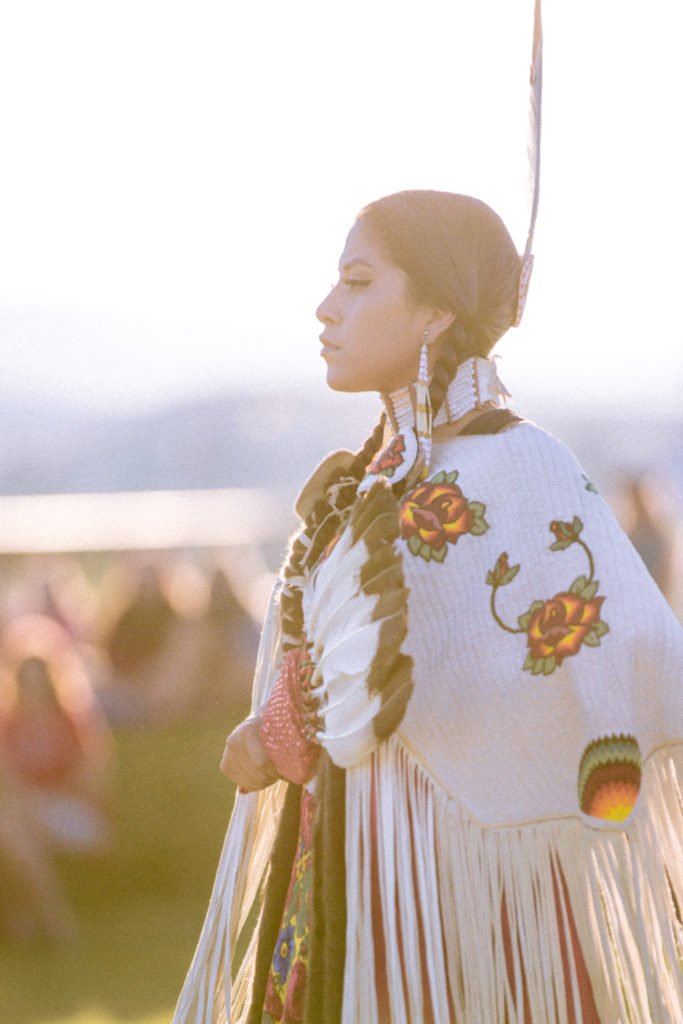
Admission to powwows is free. Once there you’ll find all kinds of vendors selling fry bread, Indian stew and Indian tacos, as well as jewelry and other items.
Powwows today can include games, food and plenty of socializing, but the dance remains the main event. There are traditional dances passed down through the generations, as well as modern dances created in the last 20 years. Some are competitive and dancers follow a powwow circuit dancing for prize money. Usually about 40 percent of the dancers are from Wind River Country, the rest come from across the country and Canada. Drumming and singing accompanies all dancing and the drumbeat is considered sacred, representing the heartbeat of the tribe. Like the dancers, the drum groups come from across North America. Different groups specialize in different styles of dancing and each type of dance has its own song.
Powwows are open to the public free of charge, but you must remember to be respectful. You can take photos, but if possible, introduce yourself and ask. You can sit in the bleachers, or bring your own lawn chairs- in fact you’ll need to bring your own chair if you attend the Ethete Celebration- but be mindful of where you sit. Blankets on bleachers mark spots for dancers and their family members and you’ll want to keep access to the arena clear so dancers can move in and out easily.
A powwow isn’t a spectacle; it’s a cultural event significant to participants. A powwow is an incredible way to truly experience the blending of the present and Wind River Country’s history.
If you can’t make any of the scheduled powwows, the Wind River Hotel and Casino hosts dancing exhibitions on Tuesday nights during the summer in its Northern Arapaho Experience room, and the Museum of the American West hosts outdoor exhibitions Wednesday nights in July and August. These exhibitions are a great way to learn about the dancers and dance styles and information on the regalia.
This page is also available in German.
Powwow Etiquette
What to bring
- Seating is limited, so it’s a good idea to bring your own folding chair. Blankets on bleachers mark spots for dancers and their family members. Keep access to the arena clear so dancers can move in and out easily.
- When setting up, be mindful of the people around you. Make sure that you aren’t blocking other peoples’ views.
Bring lots of drinking water. - Wyoming summers can be hot. Make sure to load up on sunblock. Also, Wyoming evenings can be cool, so pack a light jacket or sweater.
How to behave
- Alcohol, drugs and intoxicated individuals are not permitted at powwows.
- Ask questions. If you need guidance or are unsure of something, ask. Most people will be happy to assist you.
- When possible, ask the dancers if you can photograph them, before taking out your camera.
Etiquette
- During the Grand Entry, the dancers, color guard and flags will enter the arena. Out of respect, please stand.
- The regalia that the dancers wear, and the items that they carry, is sacred. If an item falls, don’t pick it up or touch it.
- “Regalia” is the correct word for the clothing that the dancers are wearing. Using the word “costume” is not appropriate, as it is associated with dressing up as someone other than who you are. A dancer’s regalia is a handcrafted piece that has tribal and personal significance.
Confirm the scheduled dates before traveling to a powwow. All powwow dates are subject to change.
Museums & Exhibits
Children’s Center for Arts, Technology and Science
120 S. Third St. E
Riverton, WY
Dubois Museum: Wind River Historical Center
909 W. Ramshorn
Dubois, WY
Eastern Shoshone Tribal Cultural Center
90 Ethete Rd.
Ft. Washakie, WY
Evans/Dahl Memorial Museum
545 Main St.
Lander, WY
Fremont County Pioneer Museum
1445 W. Main St.
Lander, WY
Fremont County Pioneer Museum
1443 W. Main St.
Lander, WY
Gallery of the Wind & Museum
14631 US Hwy 287
Ft. Washakie, WY
Headwaters Arts & Conference Center
20 Stalnaker St
Dubois, WY
Intertribal Center, CWC
2820 W. Main
Riverton, WY
Lander Art Center
258 E. Main St.
Lander, WY
Lander Children’s Museum
465 Lincoln Avenue
Lander, WY
National Bighorn Sheep Center
10 Bighorn Lane
Dubois, WY
National Museum of Military Vehicles
6419 U.S. Hwy 26
Dubois, WY
Northern Arapaho Experience Culture Room
180 Red Wolf Place
Riverton, WY
Riverton Museum
700 E. Park Ave.
Riverton, WY
Sixth Crossing
4181 US Hwy 789
Lander, WY
South Pass City State Historic Site
125 Main Street
South Pass, WY
St. Stephens Indian Mission & Heritage Center
33 St. Stephens Rd.
St. Stephens, WY
Wind River Heritage Center
1075 S. Federal Blvd.
Riverton, WY
Wind River Valley Artists Guild Gallery
20 Stalnaker St.
Dubois, WY
Wind River Wild Horse Sanctuary
8616 Hwy 287
Lander, WY
Wyoming Game and Fish Wildlife Exhibit
260 Buena Vista
Lander, WY
